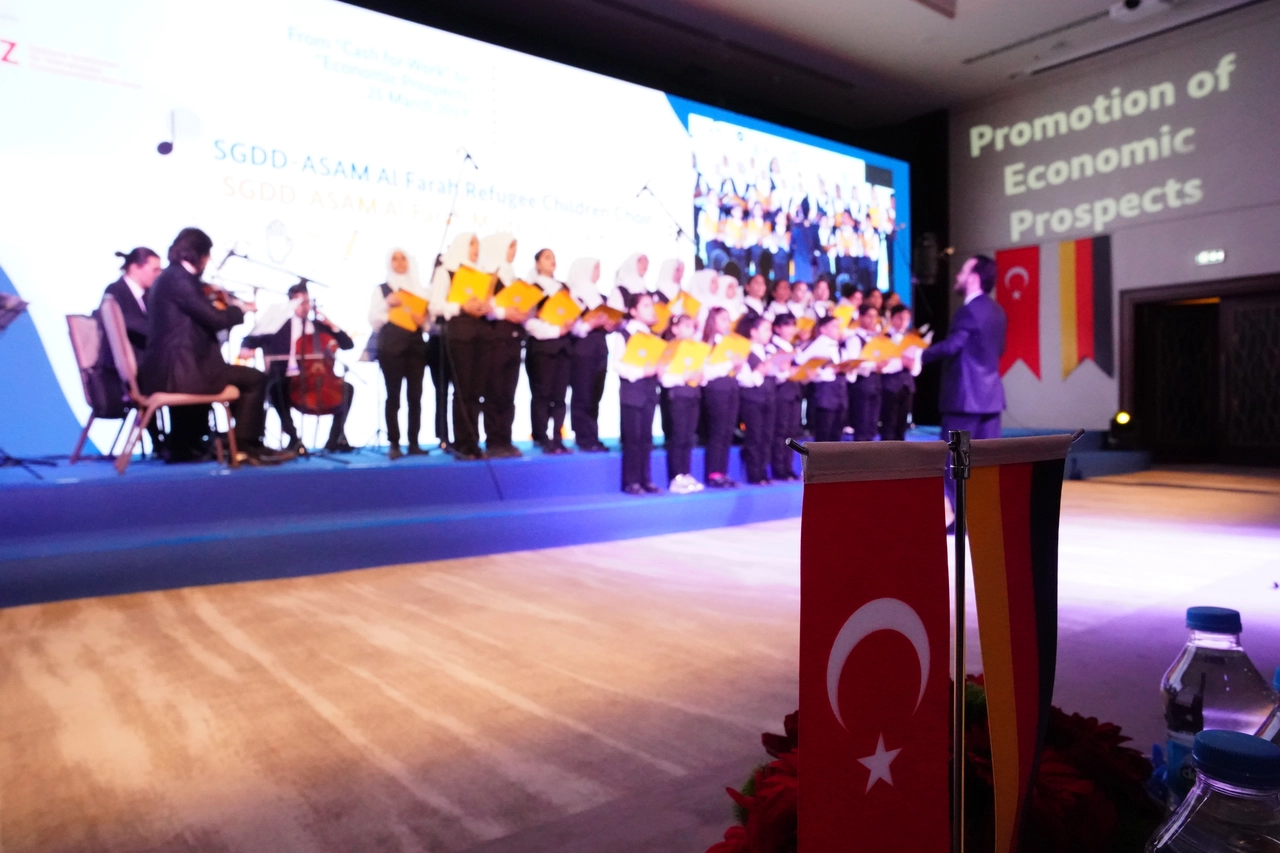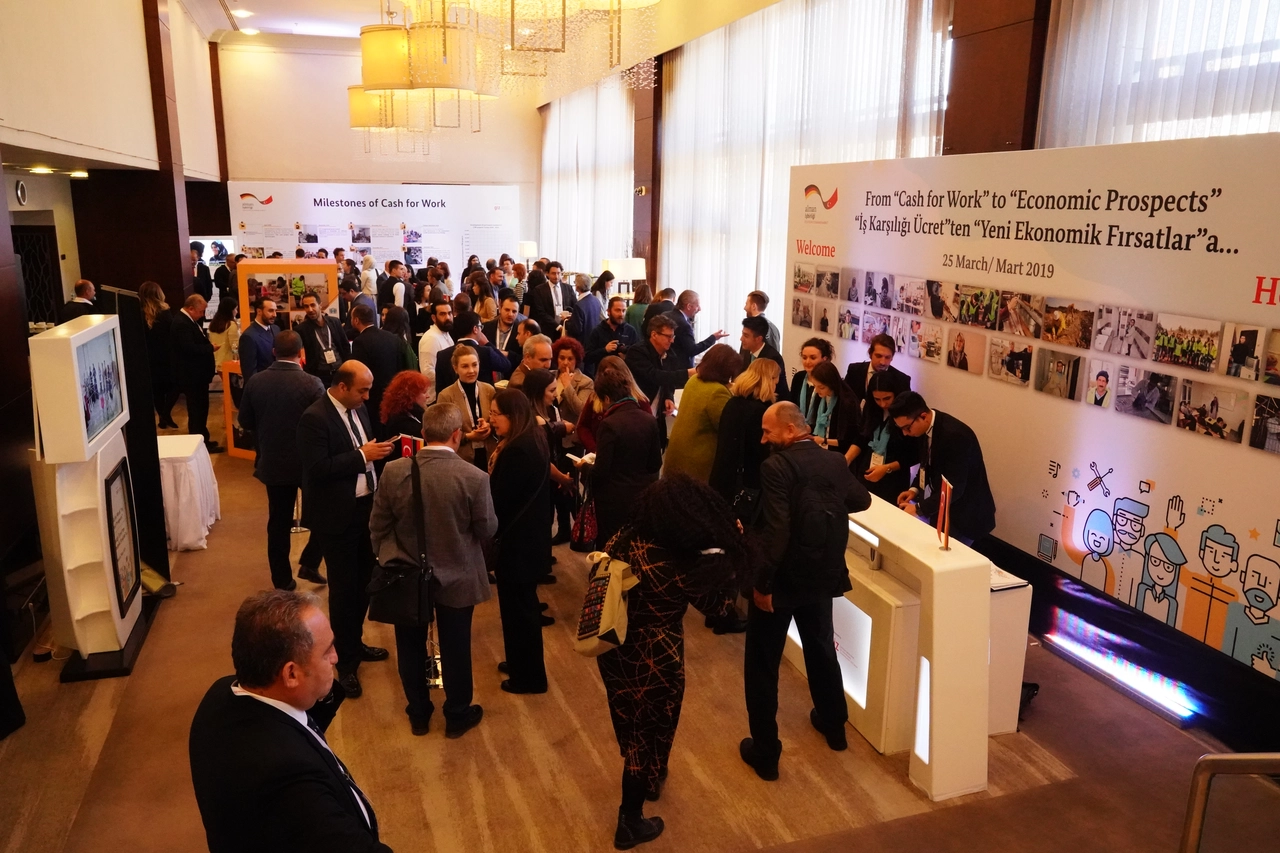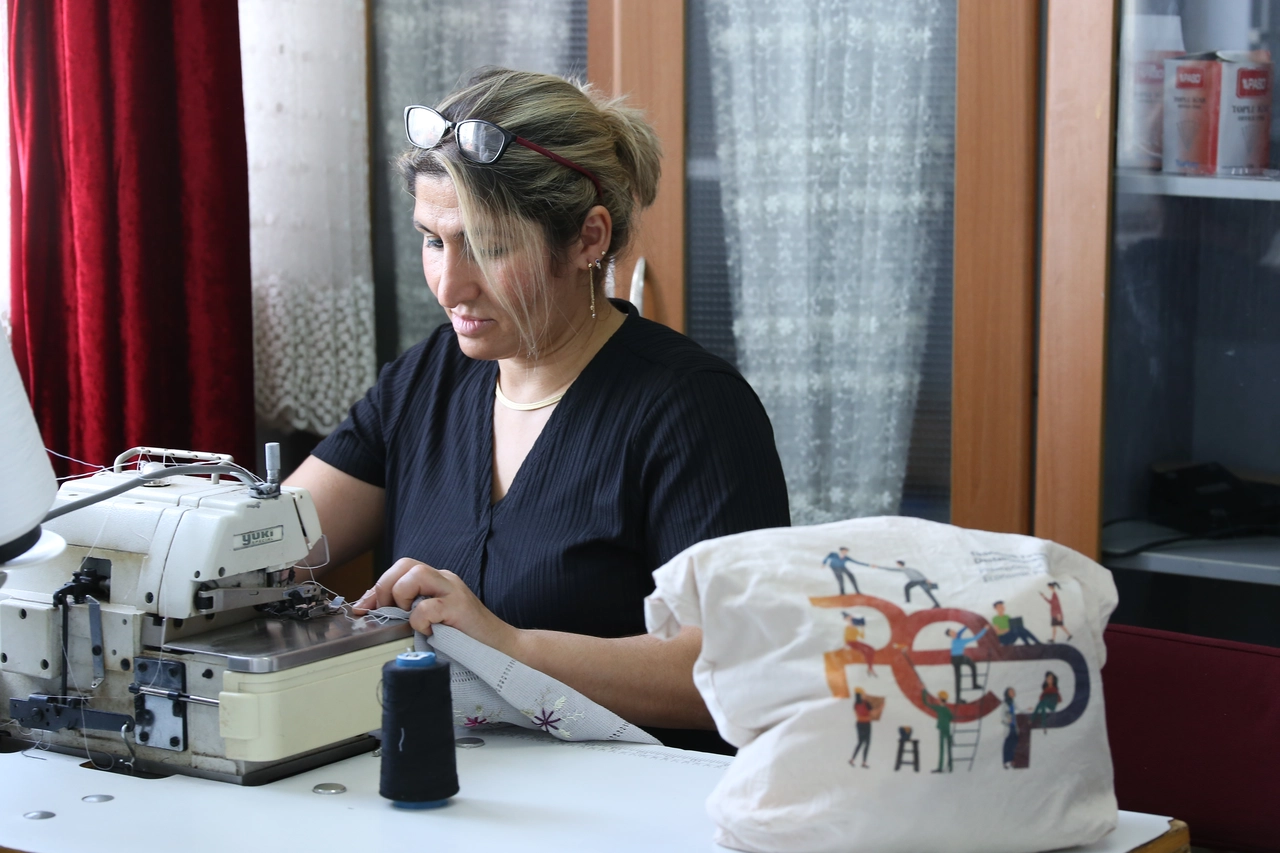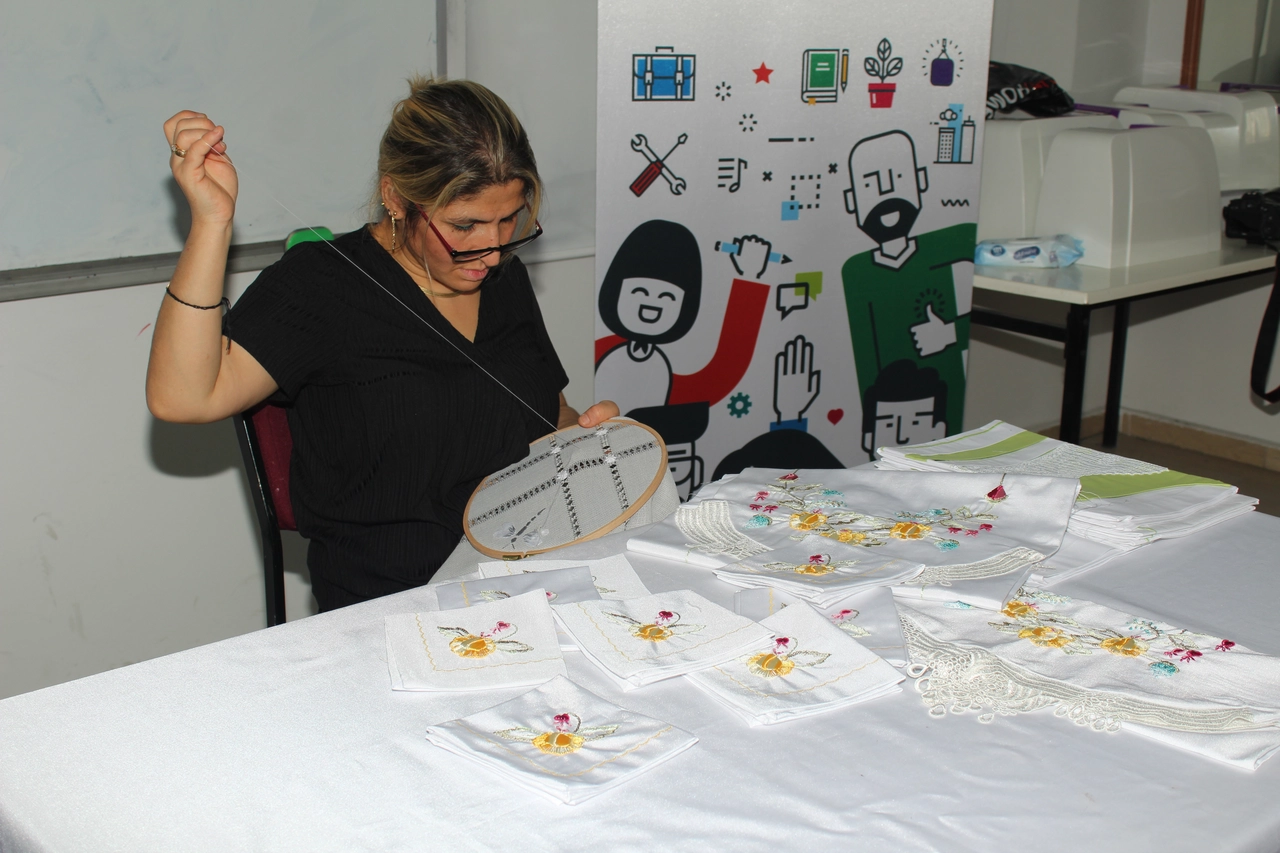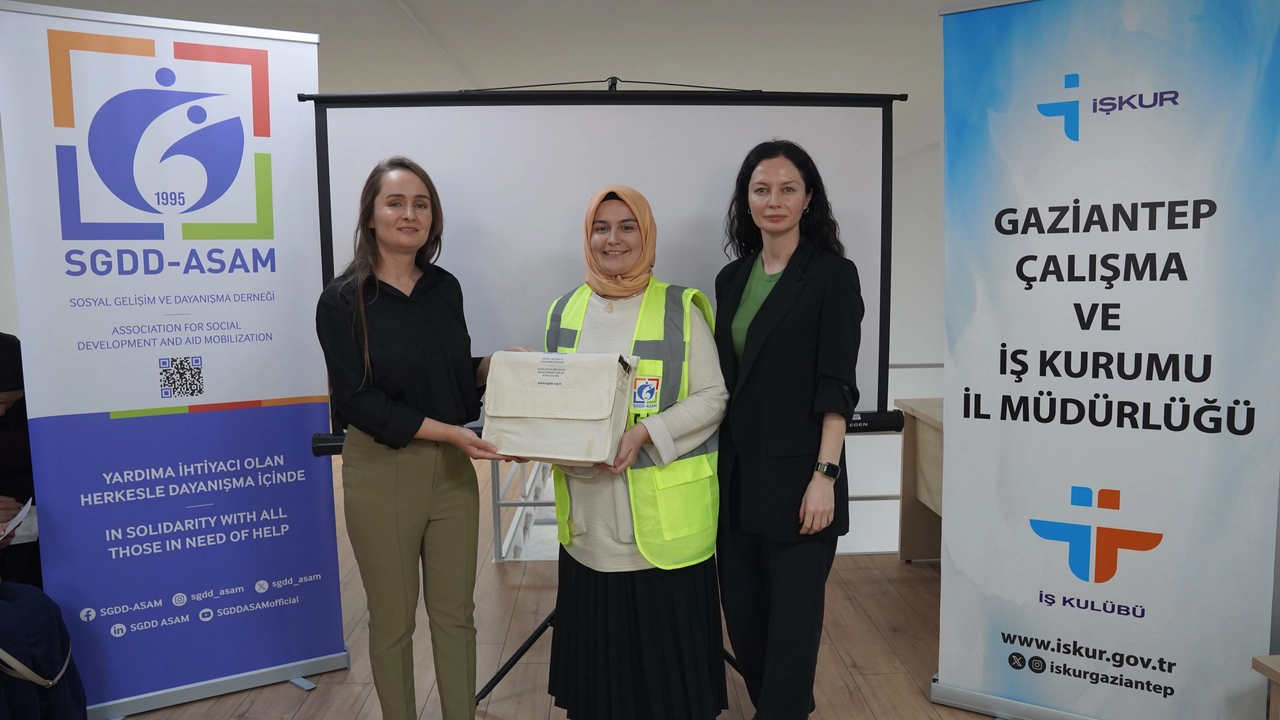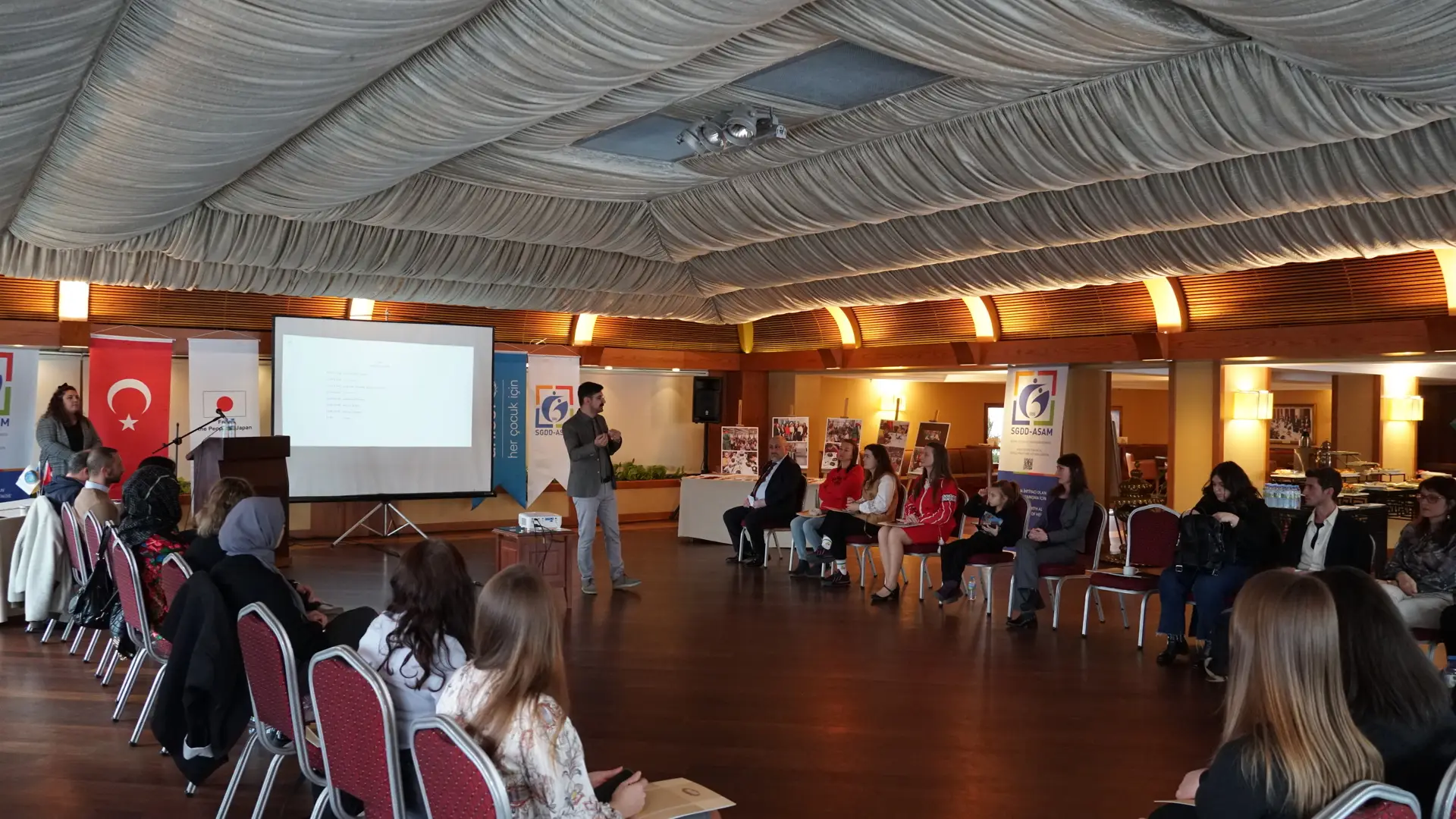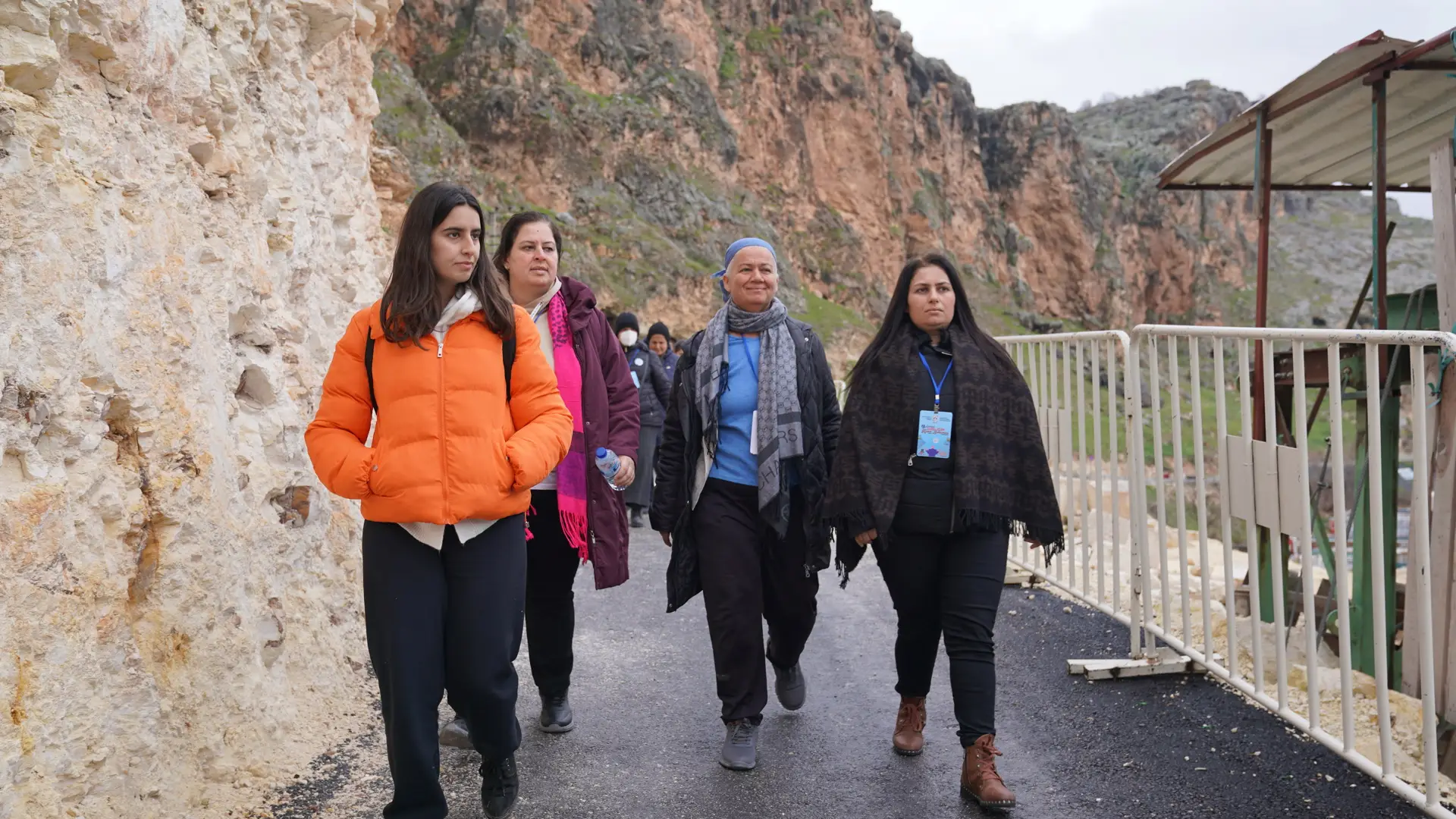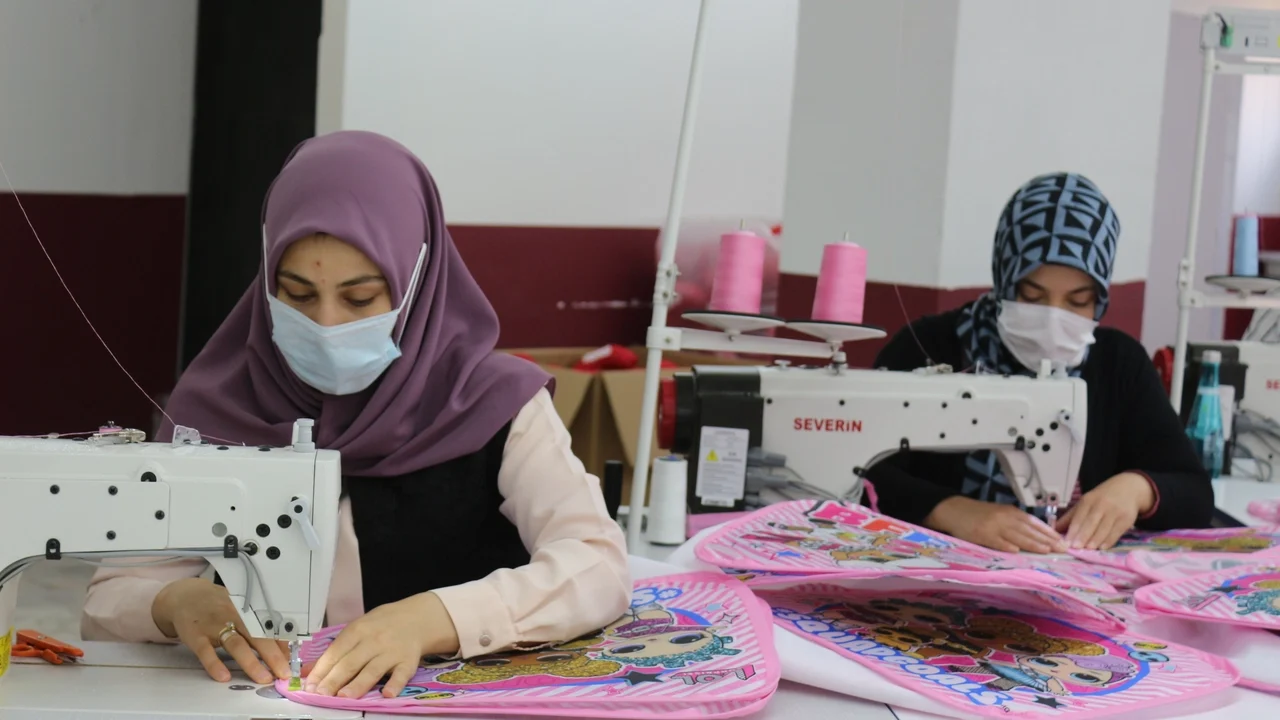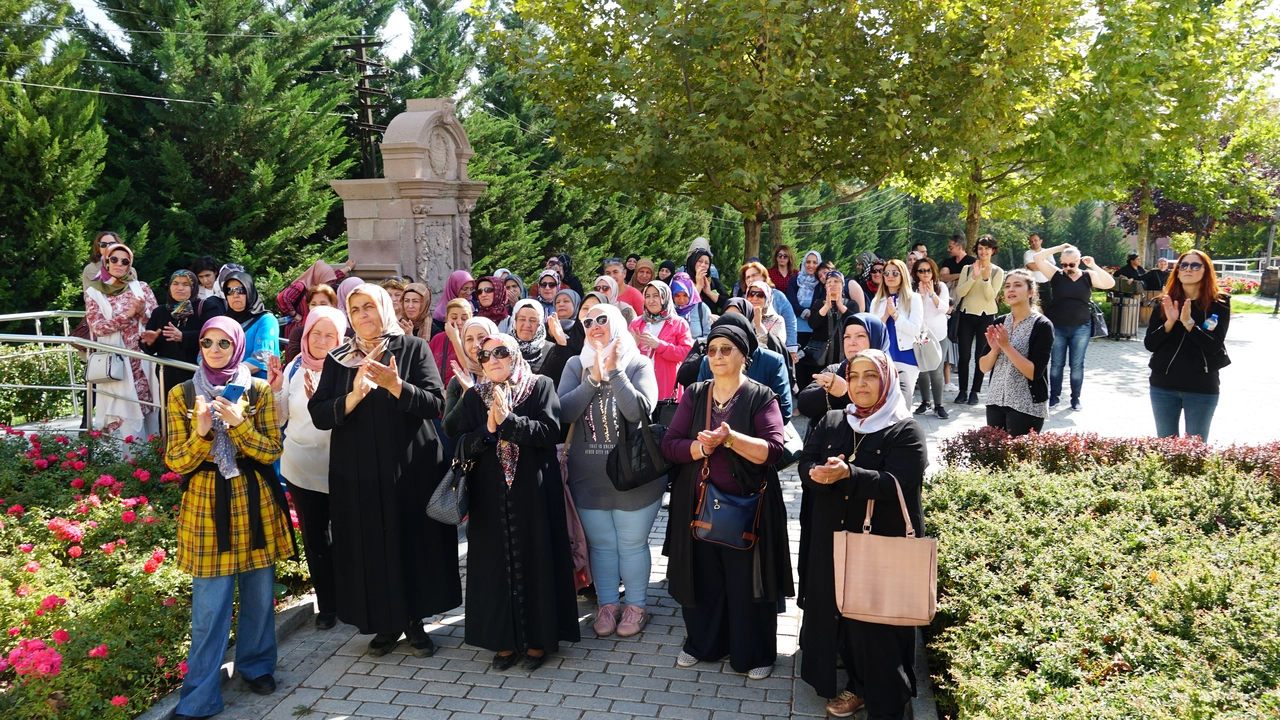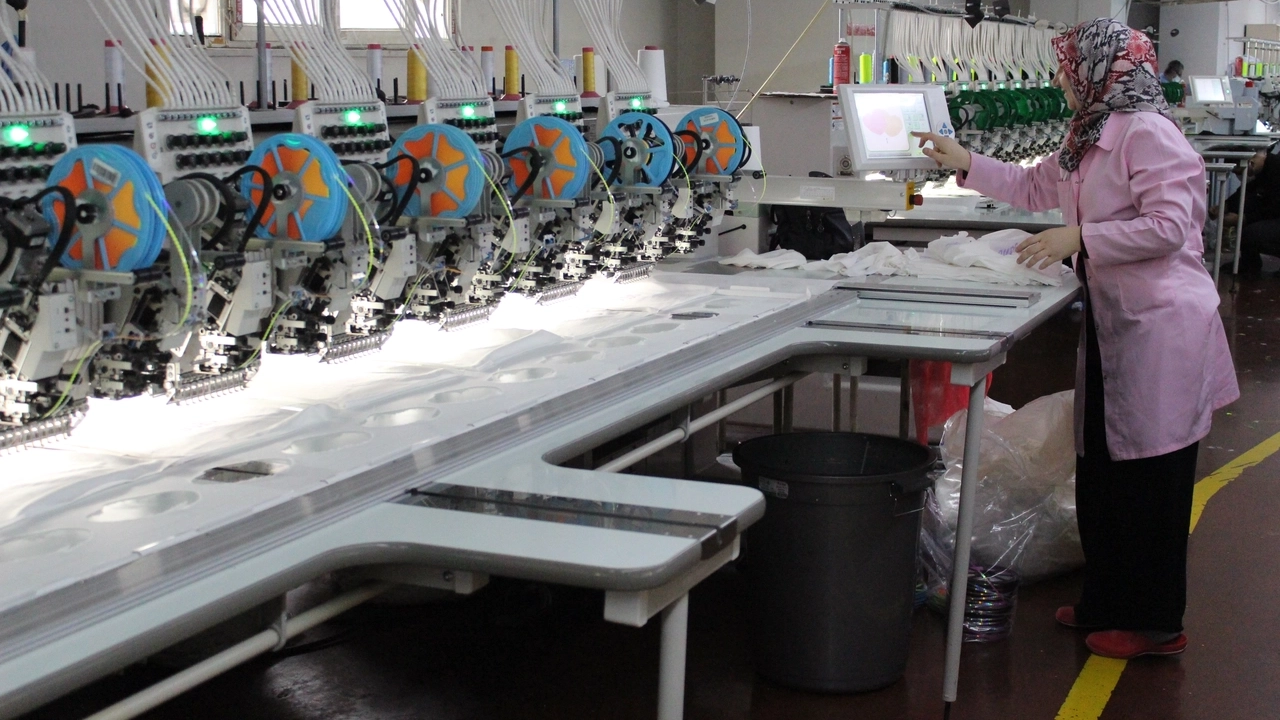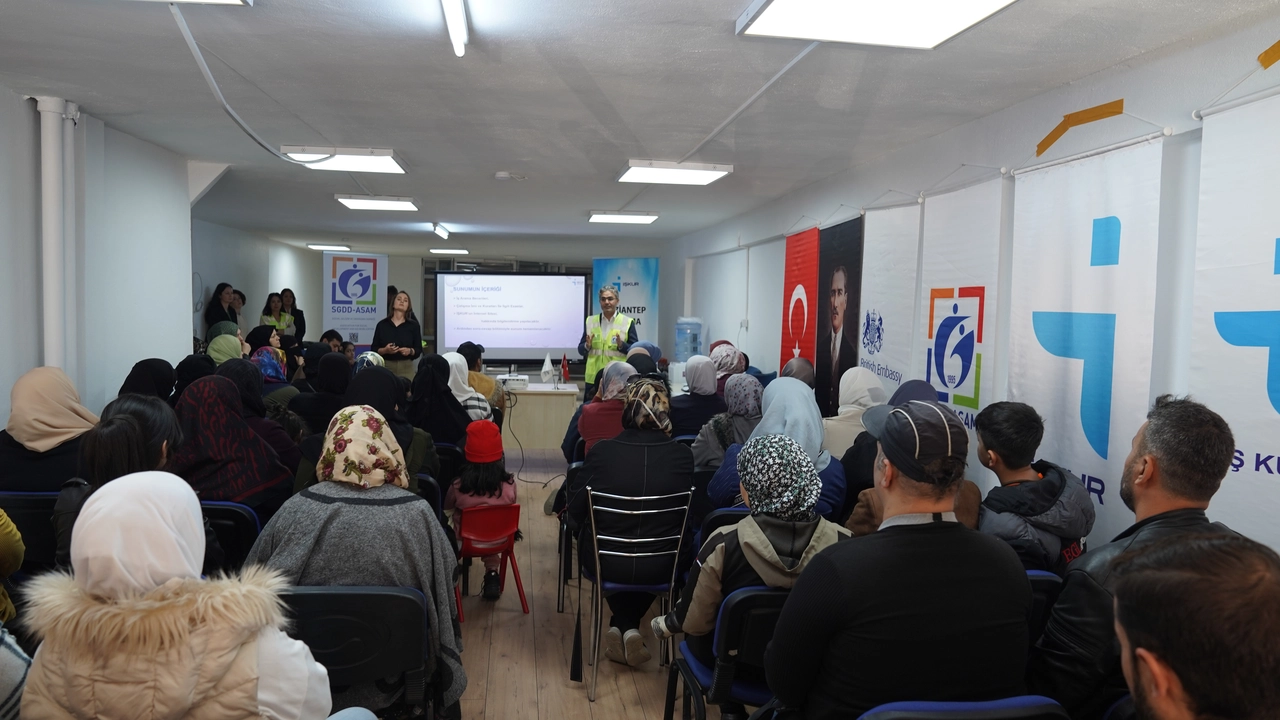Furthermore, we have an extended data collection and analysis capabilities to better understand the needs of diverse communities. This enables us to tailor our emergency response strategies more effectively, ensuring that we can provide targeted aid where it is most needed. By leveraging our existing resources and partnerships, we are reinforcing our commitment to the principle of “leave no one behind,” ensuring that all individuals—regardless of their background, status, or the nature of their crisis—have access to the humanitarian aid they require.

